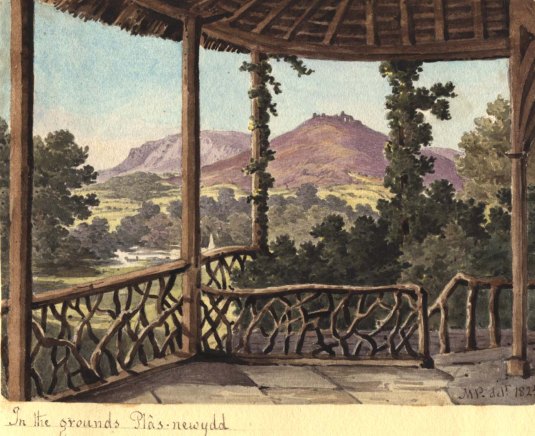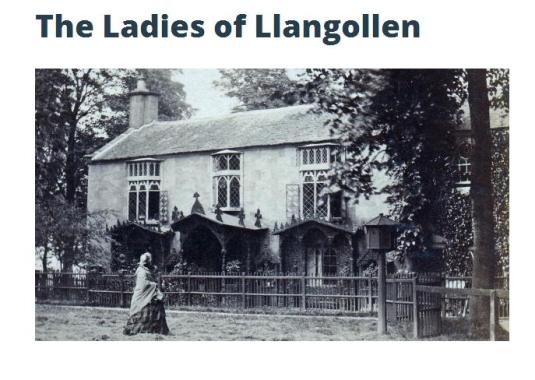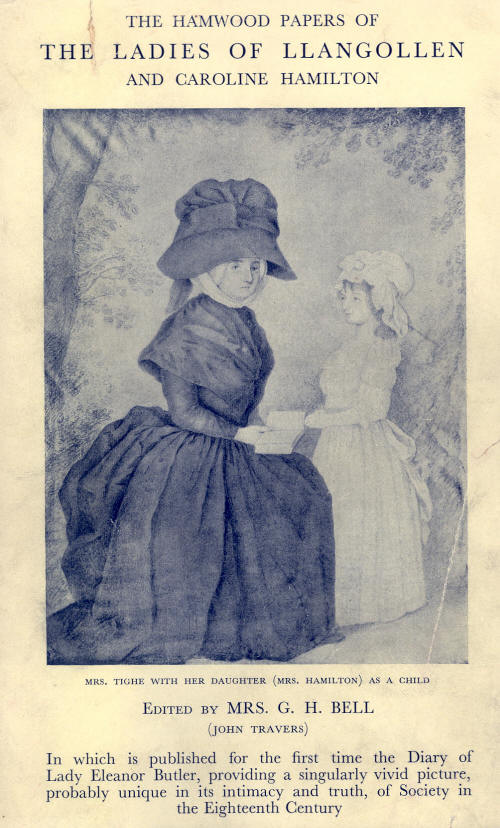Of course, when correspondence is physically located within an ARCHIVE, items are not typically “lost” in the true sense of the word. I remember reading about an researcher who “found” (some articles did say “rediscovered,” a more apt word), in the holdings of the Essex Record Office, letters by MARY WOLLSTONECRAFT SHELLEY. These among letters in the family papers for the ROUND family of Birch, near Colchester, Essex (England).
- 2014 article in The Guardian for the discovery of letters written by Mary Wollstonecraft Shelley, of Frankenstein fame, dating to between 1831 and 1849
- The discovery reported by the Los Angeles Times
It was while looking up Jane Austen letters at auction, for the book I am writing — In Vindication of Cassandra Austen: How Jane Austen’s Sister Saved a Legacy, but Lost her Reputation — that I found similar “lost” letters found – this time for Anne Lister of Shibden Hall.
Everyone has concentrated upon the transcription of Lister’s diaries; the one book of Lister’s correspondence, Miss Lister of Shibden Hall, Halifax: Selected Letters 1800-1840 published in 1992 has never been reprinted or republished. Her letters would be of interest to study, but the used book market is pretty quiet about copies of that book. It was edited by Muriel M. Green.
In 2019 – on the heels of the television program, Gentleman Jack (with Suranne Jones as Anne Lister) – the Lochaber Archives Centre searched their holdings, and found four letters from Anne Lister amongst the Cameron of Lochiel papers.
The photograph accompanying the article highlights a letter written to “Miss Hobart,” sent in care of the “Hon:able Lady Stuart” (addressed to Whitehall, London).
I had a bit of a chuckle from the sentence about the “letters from Miss Lister to Lady Cameron tell a story with her black rimmed writing paper congratulating her friend on the birth of a child“. I’m sure the speaker did NOT mean to combine the thoughts of the mourning paper and the birth of Vere’s child. However, it was tough for ME not to commingle the two, especially after the similarly-minded comment surfaced as a letter sent “at the birth of her child – albeit it is on notepaper surrounded in black”.
[Was the letter from 1836 following the birth of the Camerons’ third child? The black border is QUITE thick, so the mourning was recent. In that year Anne lost both her father and her beloved Aunt Anne.]
The article also seems “surprised” that the relationship continued after Vere’s marriage; yet Anne was godmother to Vere’s daughter Sybella (Sibella) Cameron, born in 1838.
I do presume that one quote has been mistranscribed: “I wish you had more time in Rome, you likely would have more chance of benefitting from Italian skin, than English.” Italian skies makes more sense when compared with the (possibly grey and unsunny) English weather. If anyone knows of either digital images of these letters, or where their transcriptions may be found, I’d love to know! Ditto if anyone has news of Green’s book of “selected letters” OR on the progress (or hold-up) of Helena Whitbread’s biography of Anne Lister.












Recent Comments